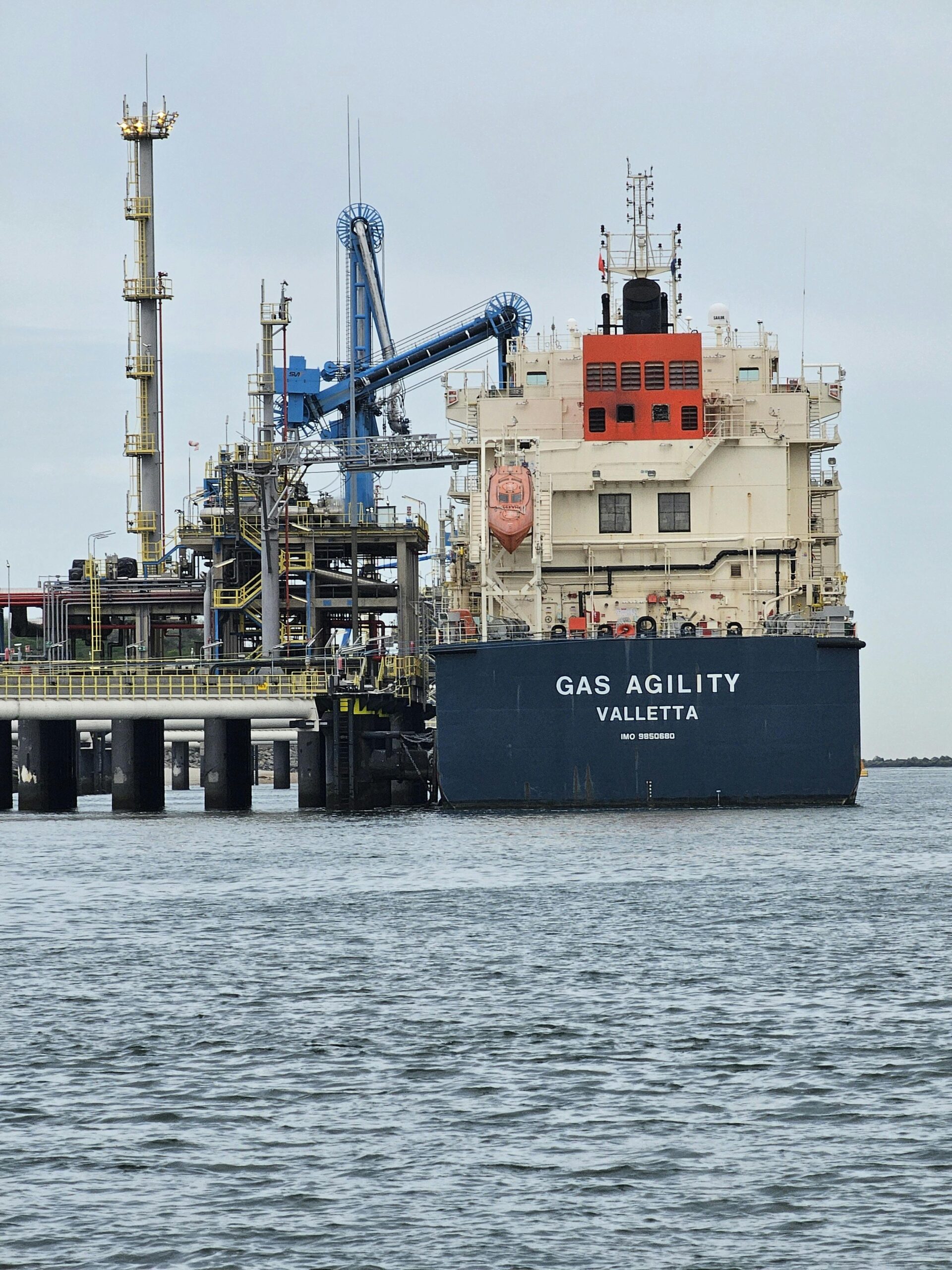The global competitiveness of “Made in China” remains a hot topic in international industrial circles. While Southeast Asian countries attract manufacturing relocation with low labor costs, China’s supply chain has demonstrated astonishing resilience—offering prices 30% lower than Southeast Asia while matching the product reliability standards of Germany and Japan. Behind this seemingly paradoxical competitive advantage lies a unique industrial ecosystem shaped by economies of scale and market depth. The secret of China’s supply chain lies in the chemical reaction between the world’s largest single market and its most complete industrial chain.

I. Economies of Scale Reshape Cost Curves
China’s manufacturing scale advantage is rooted in the world’s largest consumer market. A home appliance manufacturer in the Yangtze River Delta operates production lines with a daily capacity of 100,000 units, reducing mold costs to less than 0.1 yuan per product. Such economies of scale result in total production costs for comparable products being 18.7% lower than those in Southeast Asia. The benefits of scale extend beyond production to the entire supply chain: in Guangdong’s electronics cluster, the average procurement radius for enterprises is under 50 kilometers, cutting logistics costs to one-third of Southeast Asia’s.
Massive infrastructure investments have built efficiency moats. China boasts the world’s longest expressway network (161,000 km) and most efficient port cluster (7 of the top 10 global ports), reducing logistics costs to 14.6% of GDP—far below India’s 18%. In Suzhou Industrial Park, goods reach Shanghai Port within 6 hours from production lines, compressing time and space to boost inventory turnover rates by 40%.
Self-reinforcing supply chain networks create a unique ecosystem. Shenzhen’s Huaqiangbei Electronics Market hosts over 2,000 component suppliers, enabling product developers to source all parts within 3 hours. This real-time responsiveness stems from networked collaboration among specialized suppliers, where individual specialization amplifies collective competitiveness through scale. While Vietnamese factories wait for cross-border procurement, Chinese manufacturers complete product iterations via localized supply chains.
II. The Scale-Driven Quality Leap
A super-sized market forces quality evolution. China’s smartphone industry underwent six technological iterations in a decade. Huawei’s 5G base station failure rate dropped from 1.2% in 2016 to 0.03%, matching Ericsson’s standards. This quality leap stems from a “mass trial-and-error, rapid iteration” mechanism: an annual market of 200 million smartphones allows 3,000+ engineering validations—a testing ground unattainable in smaller markets.
Technology spillovers multiply manufacturing precision. Shenyang Machine Tool’s CNC system breakthroughs, driven by annual demand for 6 million automotive engines, achieved 3-micron positioning accuracy—surpassing German counterparts. Such technological diffusion sparked chain reactions in industries like photovoltaics and lithium batteries, equipping China with complete technical capabilities across 54 industrial categories.
Smart manufacturing infrastructure sets quality benchmarks. Hangzhou’s “lights-out factory” uses 2,000 industrial robots for 72-hour unmanned production, achieving 99.98% product consistency. The proliferation of such capabilities reflects China’s industrial robot density (322 robots per 10,000 workers), now exceeding Germany’s (301). Scale-driven automation cost reductions of 60% enable even SMEs to adopt precision manufacturing.

III. Scale Barriers and Ecosystem Evolution
China’s supply chain is building dynamic, irreplicable barriers. Ningbo’s injection molding cluster slashes product development cycles to 7 days via shared mold libraries. Such ecosystem synergies keep Vietnamese competitors’ costs 12% higher despite 30% lower wages. When Indonesia tried replicating Foshan’s ceramic industry, it found relocating 138 supporting firms simultaneously impossible—a systemic complexity that forms natural moats.
Digitalization unlocks new quality frontiers. Sany Heavy Industry’s “Root Cloud Platform” connects 680,000 devices, analyzing real-time data equivalent to 1,000 HD movies daily. At 95% predictive maintenance accuracy—surpassing Japan’s Komatsu (89%)—this industrial internet scale leverages data’s increasing returns to reinvent quality control.
Scaled innovation redefines competition. Shenzhen’s Nanshan District deploys 5G base stations at triple Munich’s density, enabling nano-level image recognition in industrial inspections. While Germany tests in labs, China has deployed AI质检 systems in 3,000 factories, reducing defect rates to 5 parts per million—matching German benchmarks.


No responses yet